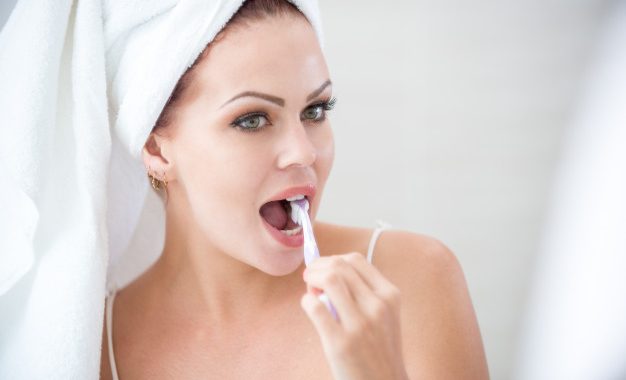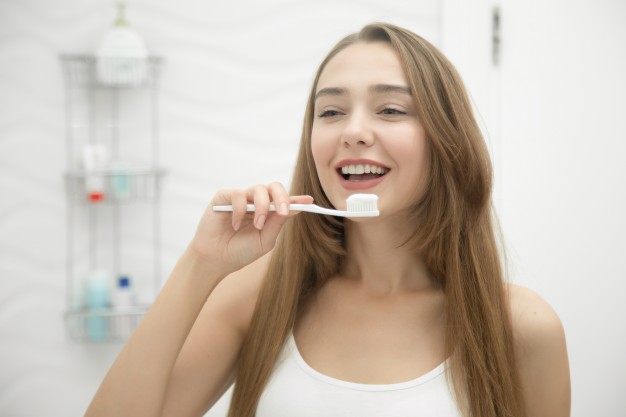
Best FREE Teeth Cleaning – Looking for free teeth cleaning in California? Luminous Smile Dental Office has the perks for your teeth! Achieve a clean teeth at affordable cost!
There are things that we easily forgot, one the most common example for this inability to remember is the regular dentist visit. To be fair, we cannot say we consciously skipped our dental appointments but the truth is conflicts in schedule is one of the main reason.
Regular Teeth Cleaning

Just a friendly reminder, that a regular dental visit is must and it will help you maintain the beautiful smile on your face. Regular teeth cleaning is as vital as the other medical procedure, cleaned teeth can protect you from different oral diseases.
Inform yourself to the value of a clean and healthy teeth.
Just like the old saying goes, an ounce of prevention is worth a pound of cure.
it’s easier to stop something from happening in the first place than to repair the damage after it has happened. And to add to the general meaning of teeth cleaning, below are the process of teeth cleaning.
A physical examination
Most teeth cleanings are performed by the dental hygienist.
Before the real cleaning procedure starts, they begin with a physical exam of the entirety of your mouth. The dentist uses a small mirror to check around your teeth and gums for any signs of gingivitis (inflamed gums) or other potential concerns.
Removal of plaque and tartar
With the small glass to guide them, the hygienist uses a scaler to get rid of plaque and tartar around your gum line, as well as in between your teeth. You’ll hear grinding, but this is usual. The more tartar there is in your mouth, the more time they’ll need to scrape a spot.
Brushing and flossing stops plaque from building up and hardening into tartar. Once you have tartar, you can only have it removed at your dentist’s office. So, if this is your least favorite part of the teeth cleaning process, the lesson is to brush and floss more often.
Strong toothpaste cleaning
After your teeth are lastly tartar-free, the hygienist brushes them with a high-powered electric brush. which makes a grinding noise, while it sounds scary, it’s a wonderful way to get a deep clean and remove any tartar left behind from the scaler.
Professional cleanings use toothpaste that smells and tastes like regular toothpaste, though you can often choose between flavors. However, it has a persistent consistency that gently scrubs your teeth. If done by a professional, this polishing of the teeth is deemed safe to do twice a year. But don’t be as harsh with your teeth at home, because you’ll wear down the enamel.
Expert flossing
Whether you floss regularly at home or not, nothing beats an expert flossing session.
Your dental hygienist can get deep between your teeth and locate any potential trouble spots where you might bleed at the gums.
This might seem pointless if you floss at home, but having a professional floss your teeth also removes any leftover plaque or toothpaste from earlier in the cleaning process.
Rinsing
Next, you rinse out your mouth to get rid of any debris.
Your dental hygienist will usually give you a solution that contains liquid fluoride
Applying fluoride treatment
The last step of the cleaning process is a fluoride treatment. This treatment is used as a protectant for your teeth to help fight against cavities for several months.
Your dental hygienist may ask you what flavor you like best.
They’ll then place the foamy gel (or sometimes a sticky paste) into a mouthpiece that fits over your teeth. It’s usually left on your teeth for one minute. Besides the foamy gel, fluoride varnish is also painted onto the teeth with a small brush. Fluoride varnish will harden when in contact with saliva, so you can eat and drink immediately after.
Deep Cleaning Your Teeth
When you are in deep trouble regarding the build-up of tartar on your teeth, there is another way to breakdown the plaque on your teeth, a much heavier procedure than a regular teeth cleaning. It is called deep cleaning.
The moment you have the procedure of deep cleaning your teeth, the dental hygienist will use an instrument called a probe to measure the area around your teeth to see if you have any pocket area. The depth of the gum tissue between the teeth and gums are called pockets when it is five millimeters or more.
During deep cleaning, the teeth are also polished.
Deep cleaning or scaling and root planning, is needed to remove bacteria, plaque and debris that has been stacked under the gum line.
The presence of tartar below the gum line creates a safe haven for bacteria to collect, and cannot be removed by brushing, flossing or with a regular cleaning. The presence of this bacteria causes an immune response from the body. This immune response results in inflammation, to fight the bacterial infection.
Trust the Process
Deep cleaning can be performed on one or two quarter of the mouth at a time, or the entire mouth can be treated in one visit, depending on the diagnosis and recommendation of your dentist.
While under the procedure, the dentist will typically put anesthesia to the area that needed treatment. Then, your hygienist will thoroughly work under the gum to remove the build-up of tartar and debris. Next the dental professional will cautiously shape the root of the tooth, to eliminate places where bacteria can be collected in the future. After the scaling and root planning process, the road to recovery it typically simple and easy to follow. Your dental will usually prescribe an antibiotic regimen for you to take, and may recommend an over-the-counter pain reliever if you are having a tough time with the discomfort, or tenderness in the treatment area. Further instructions will be provided by your dentist for after care directions, and your hygienist will check if you can return to a normal oral hygiene routine, including brushing and flossing.
Follow-up check-up may recommend to patients to make sure that the deep cleaning doesn’t cause any damage or discomfort.
Gum disease can be cured but may require a regular maintenance visits to monitor the status of your teeth, gums and bone to make sure your gums have healed and the bacteria is not building up in your teeth and under the gum line. Some individuals who may be predisposed to having gum disease may need to return for regular periodontal maintenance cleanings, and others may be able to return to a regular hygiene routine and 6-month dental checkup visits.